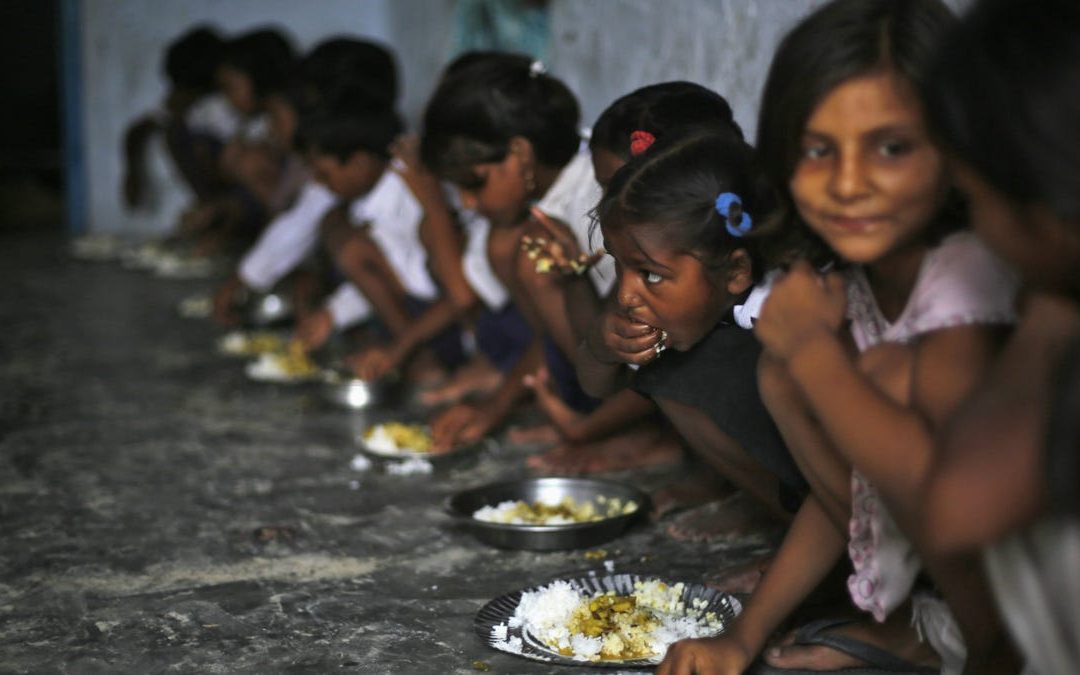UNICEF’s new metric on ‘child food poverty’ highlights the severity of the food and nutrition crisis affecting children under 5 worldwide. India, along with neighboring countries China, Afghanistan, Bangladesh, and Pakistan, is among the 20 nations accounting for 65% of the 181 million children globally living in “severe child food poverty.”
According to UNICEF’s Global ‘Child Nutrition Report 2024,’ 27% of children globally fall into the severe category, surviving on extremely poor diets. In the 92 countries with available data, the percentage of children in severe child food poverty ranges from 1% in Belarus to 63% in Somalia. In India, this percentage stands at 40%, categorized as ‘high.’
UNICEF defines child food poverty as the inability of children to access and consume a nutritious and diverse diet in their first five years of life. Factors driving severe child food poverty include poor food environments, inadequate feeding practices, and household income poverty. This issue affects both poor and non-poor households.
The report warns that severe child food poverty leads to child undernutrition, with the prevalence being three times higher in countries with significant stunting. The findings are particularly significant for India, where the National Family Health Survey-5 (2019-21) shows a stunting prevalence of 35.5%, wasting at 19.3%, and underweight at 32.1% for children under 5. Although there has been some improvement since the 2015-16 survey, undernutrition remains a concern.
The UN report also emphasizes that children deprived of good nutrition in early childhood perform poorly in school and have lower earning capacity in adulthood, perpetuating a cycle of poverty and deprivation.
UNICEF measures ‘child food poverty’ using a dietary diversity score developed with the WHO. Children must consume foods from at least five of the eight defined food groups for healthy development, including breastmilk, dairy, pulses, grains, eggs, meat, poultry, fish, and vitamin A-rich fruits.
Globally, 66% of children under 5, or an estimated 440 million, live in child food poverty, unable to access and consume nutritious and diverse diets. Children consuming 0-2 food groups a day are living in severe child food poverty. The report indicates that “1 in 3 children (32%) experience severe child food poverty in countries with high stunting prevalence, compared to 11% in countries with low prevalence.” Furthermore, the odds of stunting are 34% higher among children affected by severe child food poverty compared to those who are not.





